This October could deliver one of the most extraordinary celestial shows in years: two bright comets are expected to grace the skies at nearly the same time, and under some of the best viewing conditions possible. Astronomers report that Comet C/2025 A6 (Lemmon) and Comet C/2025 R2 (SWAN) are both brightening rapidly, raising hopes that skywatchers around the world may witness a rare double-comet display — a phenomenon that happens only once or twice in a generation.
The Return of Ancient Wanderers
Comets are often described as “dirty snowballs” — frozen remnants of the early solar system made of dust, ice, and rock. When they approach the Sun, heat causes their surfaces to sublimate, releasing spectacular tails of gas and dust that can stretch for millions of kilometers. These icy visitors are unpredictable: sometimes they fizzle into faint smudges, and sometimes they explode into dazzling beacons across the sky.
What makes October 2025 remarkable is not just the arrival of one bright comet, but two — both reaching their closest approaches to Earth within days of each other.
Comet Lemmon (C/2025 A6)
Discovered by the Mount Lemmon Survey in early 2025, Comet Lemmon is believed to have an orbital period of roughly 1,350 years, meaning it last passed through the inner solar system in the early Middle Ages.
- Closest Approach to Earth: October 21, 2025 (about 0.60 AU away)
- Closest Approach to the Sun (Perihelion): November 8, 2025 (0.53 AU from the Sun)
- Predicted Brightness: Between magnitude +2 and +4 — possibly visible without telescopes under dark skies.
Telescopic observations already show a greenish coma caused by diatomic carbon molecules fluorescing in sunlight. A developing dust tail stretches faintly behind it, hinting that Lemmon could become a striking sight in the weeks ahead.
Comet SWAN (C/2025 R2)
Unlike Lemmon, Comet SWAN was discovered accidentally by amateur astronomers using data from the SWAN instrument aboard the SOHO spacecraft. Its trajectory brings it even closer to Earth than Lemmon.
- Closest Approach to Earth: October 21, 2025 (about 0.27 AU away)
- Already Past Perihelion: It has rounded the Sun and is now moving outward, which may help stabilize its brightness.
- Predicted Brightness: Around magnitude +4, visible to the naked eye in rural skies.
SWAN is currently best seen in the western sky after sunset, low on the horizon. Although fainter than Lemmon, its proximity to Earth may make it easier to spot in binoculars, with a distinct tail pointing away from the Sun.
Why October 20–23 Will Be Magical
Several cosmic coincidences are aligning to create nearly perfect viewing conditions:
- Double Comet Visibility – Both Lemmon and SWAN will be near their peak brightness at almost the same time.
- New Moon – On October 21, the Moon will be dark, ensuring minimal interference from moonlight.
- Orionid Meteor Shower – One of the year’s most reliable meteor showers will peak on October 22–23, adding dozens of shooting stars per hour.
- Favorable Positioning – Both comets will appear high enough above the horizon in many regions to allow extended observation after twilight.
For many, these nights could offer a “triple show” of comets, meteors, and a pristine dark sky.
How to See the Comets
Even if the comets reach naked-eye brightness, success will depend on preparation and patience. Here are some guidelines:
- Escape the City: Light pollution is the biggest obstacle. A dark rural location gives the best chance of seeing the comets unaided.
- Binoculars Are Key: Even modest 7×50 binoculars will dramatically improve visibility, revealing tails and comas invisible to the naked eye.
- Check Constellations:
- Lemmon will appear near Ursa Major (the Big Dipper) in the northern sky.
- SWAN will be low in the western evening sky, shifting night by night.
- Stay Updated: Since comets are unpredictable, their brightness could surge or fade suddenly. Astronomy apps and star maps will help track their exact position.
- Be Patient: Allow your eyes to adapt to darkness for at least 20 minutes before scanning the sky.
Historical Echoes
The idea of two bright comets in the same sky has fascinated people for centuries. In ancient times, comets were considered omens of great change, often linked to rulers, wars, or natural disasters. Today, they are celebrated for their scientific and aesthetic value.
The last time two relatively bright comets appeared together was in the late 20th century, though few reached the visibility thresholds predicted for this October. If Lemmon and SWAN perform as expected, the spectacle could rival famous comets such as Hale-Bopp in 1997 or NEOWISE in 2020.
A Reminder of Cosmic Perspective
Beyond their beauty, comets carry profound scientific significance. They are leftovers from the solar system’s formation 4.6 billion years ago, containing pristine materials from its earliest days. Studying them helps astronomers understand how planets — and possibly life itself — came to be.
For ordinary observers, however, the importance is more personal. Standing under a dark October sky, watching two ancient visitors streak across the heavens, is a reminder of our small place in a vast and dynamic universe.
Conclusion
If skies remain clear, October 2025 may deliver a celestial masterpiece: two comets glowing against a backdrop of stars, accompanied by a meteor shower and framed by moonless nights. Events like this are rare and unpredictable, which makes them all the more precious.
Whether seen with the naked eye, binoculars, or telescope, Comet Lemmon and Comet SWAN promise to leave lasting impressions — not just on astronomers, but on anyone willing to look up and wonder.

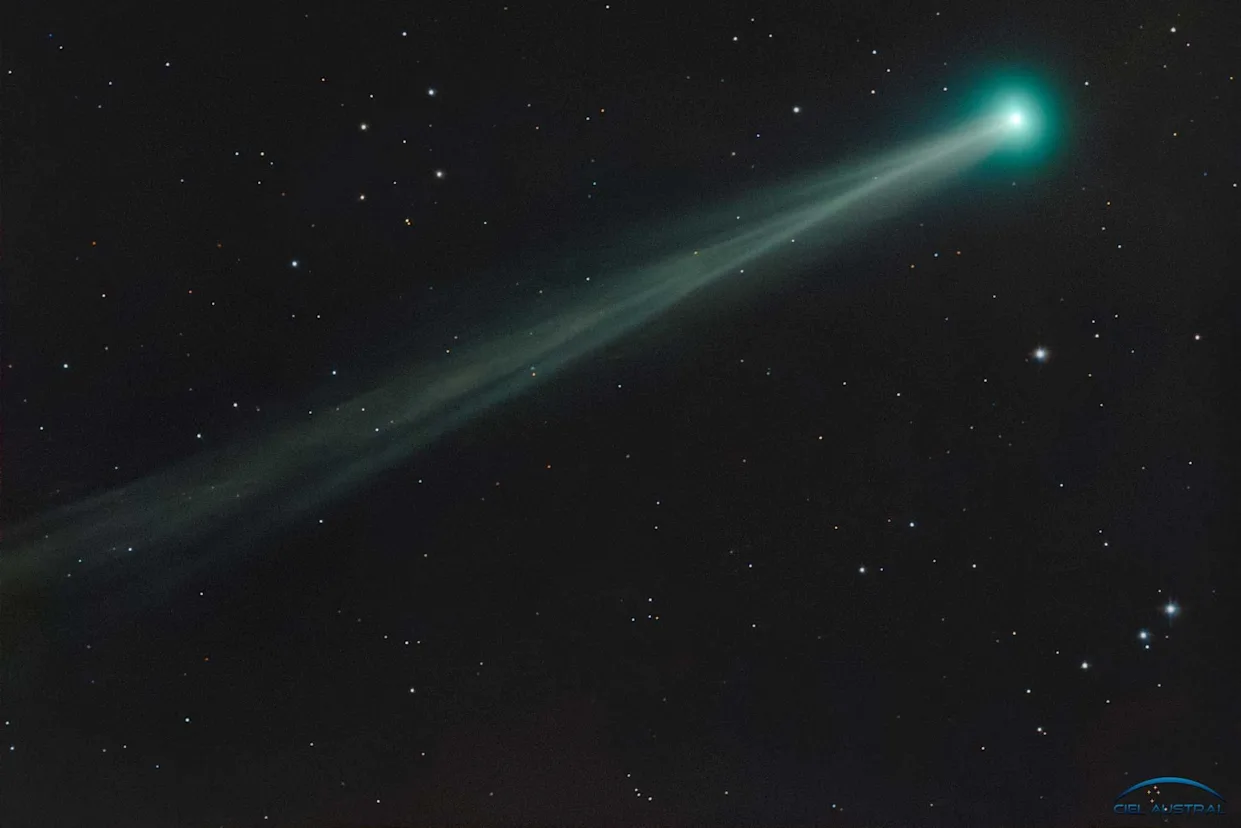




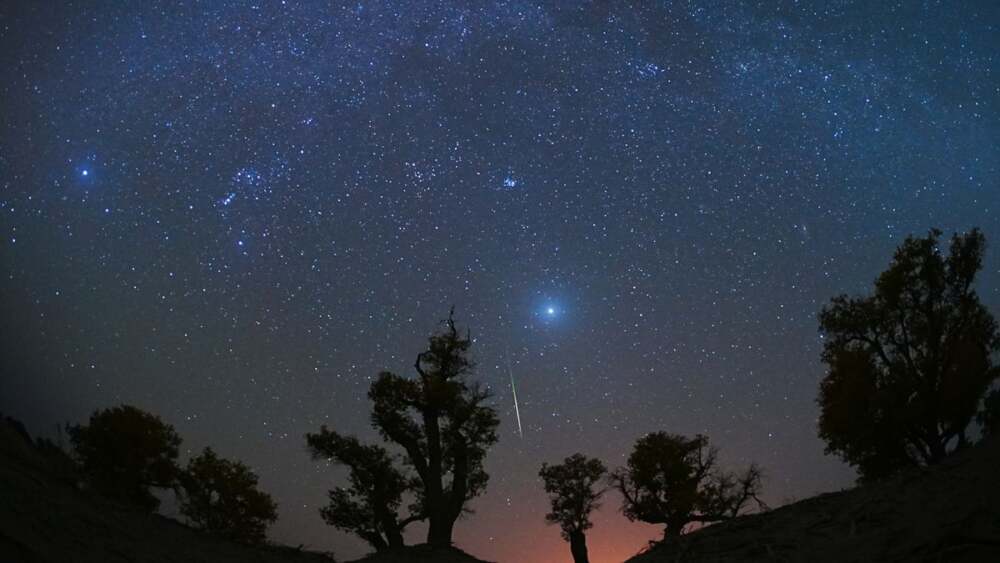

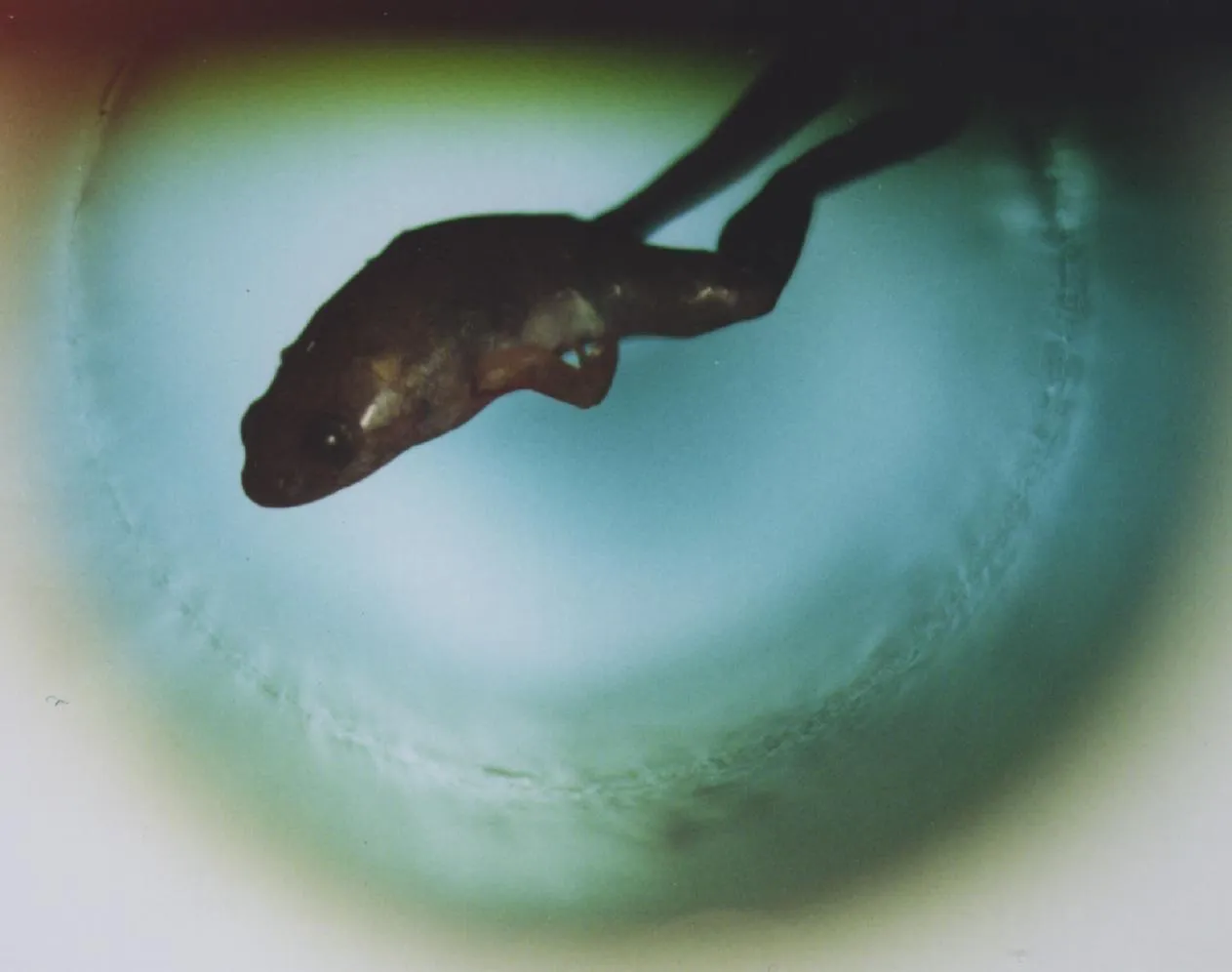

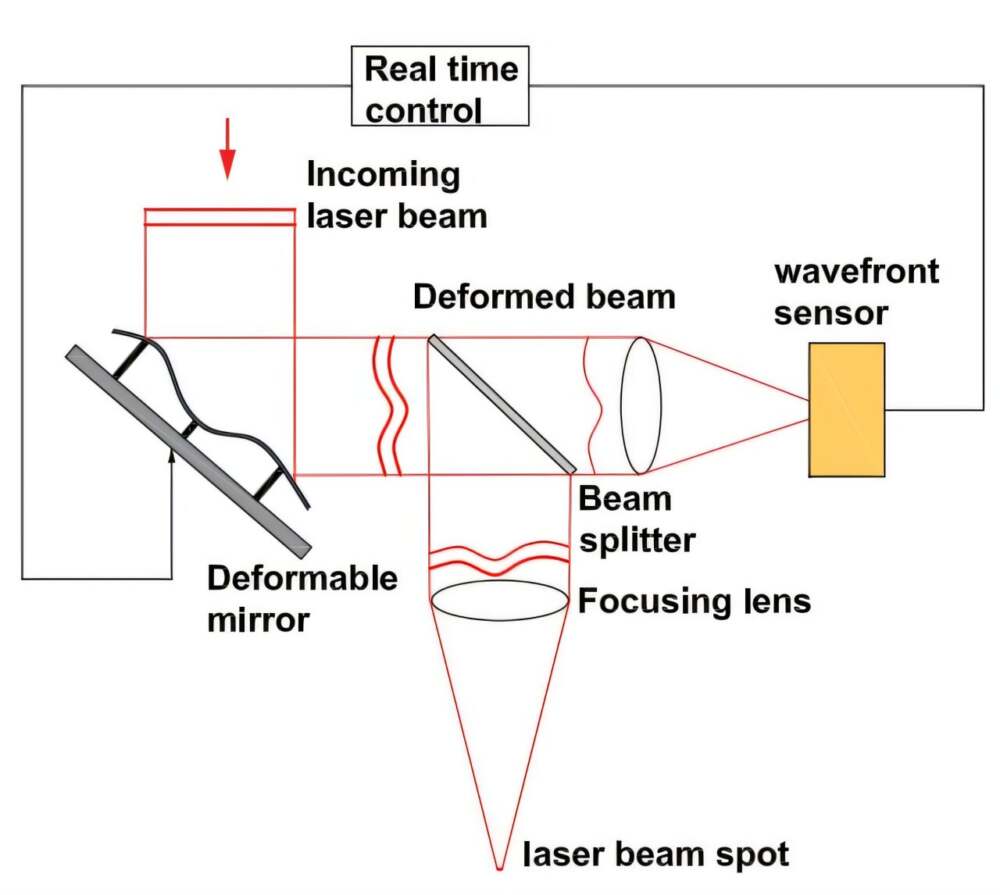
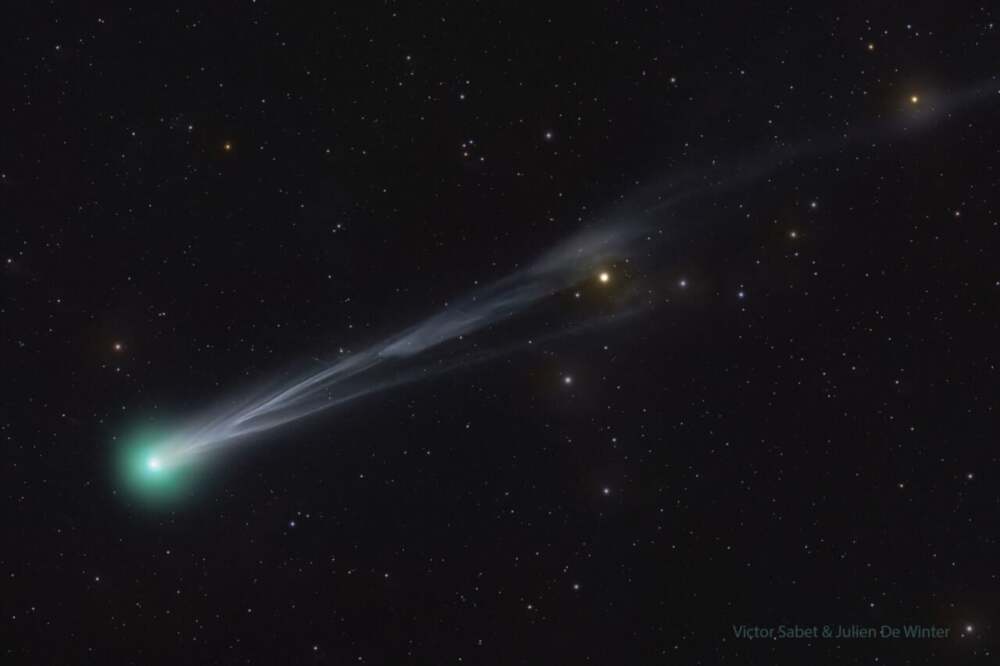
Leave a Reply